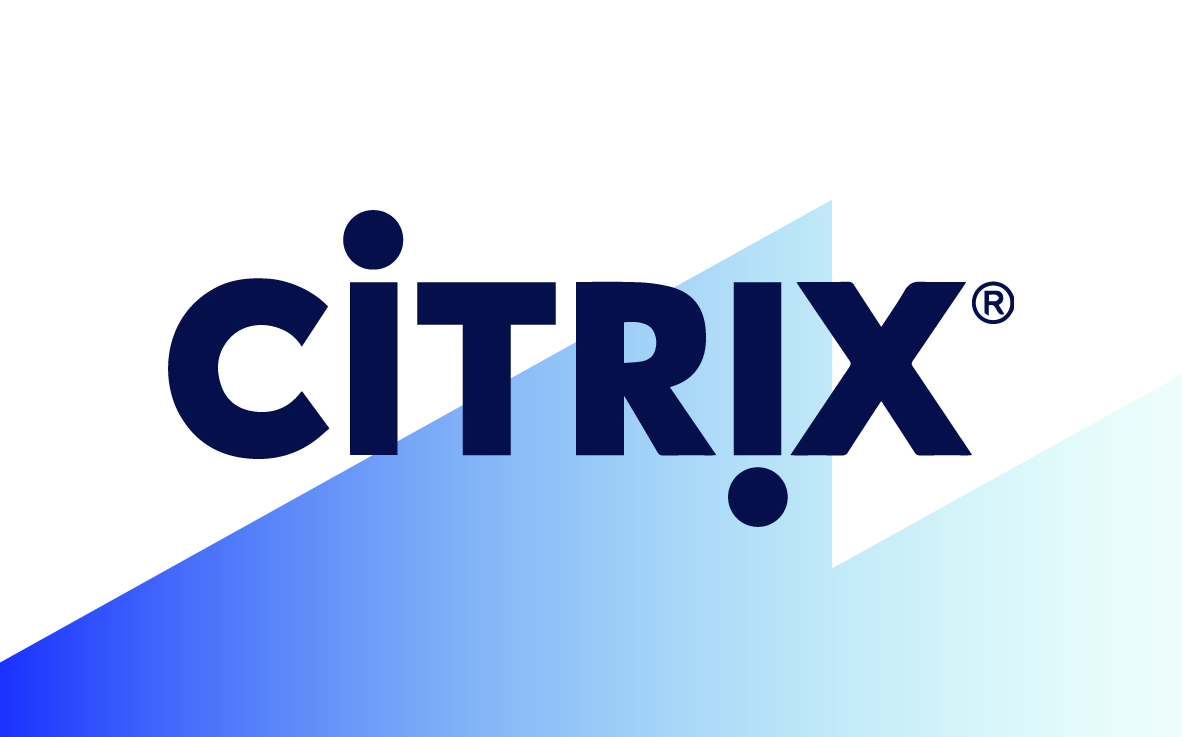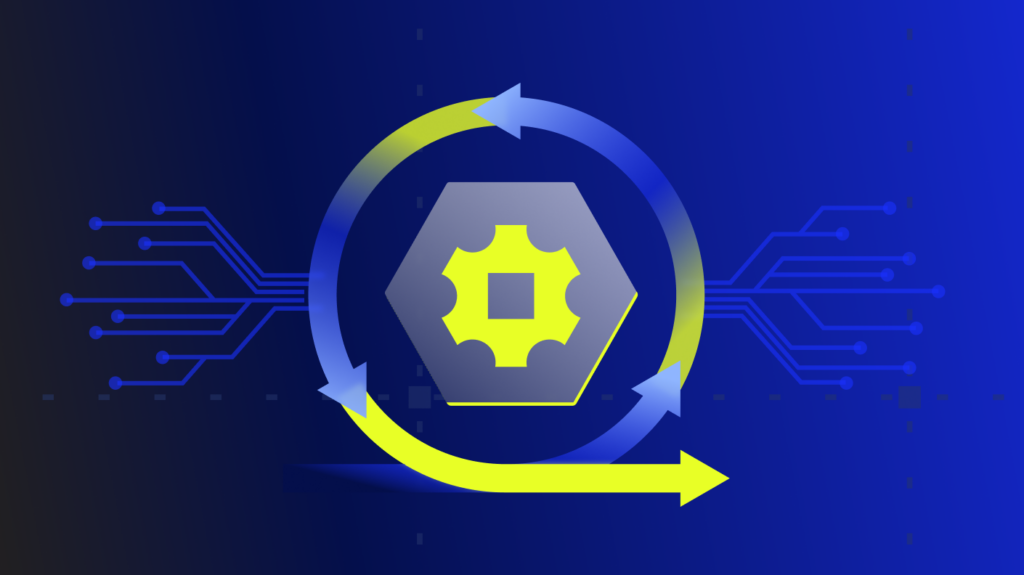The rise of complex containerized software environments sees an increased need for reliable delivery solutions like application delivery controllers (ADCs). ADCs such as Citrix function as load-balancing intermediaries within a software delivery network. They are positioned between application and user servers where they manage traffic flow via various structured and centralized processes.
Since modern organizations often turn to applications for the bulk of their IT processes, it is important to maximize user experience (UX) and software functionalities with a powerful solution like Citrix ADC. We unpack the major advantages of Citrix ADC and how you can apply its specialized functions for streamlined network operations.
What is Citrix ADC?
Citrix ADC is an advanced and comprehensive application delivery controller (ADC) solution. Software developers can rely on the ADC’s functionality for improved delivery processes that include:
- Tighter security of application environments.
- Accelerated delivery of software components.
- Increased network performance.
You can access Citrix ADC in various form factors, including virtual, physical appliances, and containerized for optimal scalability, flexibility, and cost-effectiveness. Developers can choose the most suitable form factors tailored to the needs of their network operations for optimized performance.
The Advantages of Citrix ADC in Streamlined Networks
Citrix is a leading ADC with superior functionality that improves the security, performance, and delivery of your application-based environments. At its core, Citrix ADC effectively directs requests and offloads connection management in application environments. Citrix ADC has received multiple upgrades since its launch, providing IT professionals with a vast range of value-added features for the highest standards in application delivery.
Provides Multi-Network Functionality
Citrix ADC features a unified code base that enables you to deploy the solution across diverse applications. The integrated structure drives operational consistency for securely migrating software across multiple cloud environments and between databases.
Application environments compatible with Citrix ADC include on-premise, cloud-based, and hybrid networks. Citrix ADC also allows users to monitor every network connection from an application through the Citrix Application Delivery Management (ADM)platform.
Optimizes Network Security
Citrix ADC reinforces your application security infrastructure with robust functionality for layered infrastructures (covering layers 2 to 7). By implementing Citrix ADC, you can access an array of advanced security measures across your network operations, which include:
- Core network security: Citrix ADC proxies application requests to minimize the vulnerabilities of software exposure to unauthorized parties. The intuitive solution enables you to predetermine IP address lists for granular access control. Alternatively, Citrix ADC can help you automate access control via its IP reputation filtering capabilities for blocking suspicious users with bad online reputations.
- Built-in Encryption Capabilities: Citrix functions as an SSL proxy to manage certificates and offload encryption/decryption processes of your back-end servers. The Citrix SSL applies the latest cipher suites (e.g., TLS 1.3) to provide optimal encryption support. As such, you can continue safeguarding your applications with optimized encryption while minimizing the overhead on your servers.
- Remote Accessibility: You can remotely manage your Citrix SSL functions with convenience. Citrix’s remote access solutions include identity control and endpoint inspection to help you manage and optimize your application security from multiple touchpoints. The specialized ADC also provides authentication, authorization, and auditing (AAA) functionalities for one-stop access control.
- Application Security: Citrix ADC streamlines application security throughout your network with a combination of advanced bot management and firewall capabilities. Positioning these measures prevents malicious attacks on your network while deterring excess demand on infrastructure resources.
Enhances Load Balancing
Citrix ADC elevates the conventional functionalities of load balancers with advanced supporting features that boost your network performance in different scenarios. The advanced ADC solution offers scalable and agile components to help you scale application resources based on evolving network needs.
Citrix offers comprehensive load-balancing functionalities that cover layers 2 to 7 and effectively guide requests and traffic to their respective destination servers. The ADC optimizes load balancing by selecting the most suitable algorithm for even traffic distribution. Citrix also provides an advanced Global Server Load Balancing (GSLB) function that streamlines request handling by directing every traffic to the most responsive site across multiple data centers.
Supports Content Switching
Citrix ADC’s content switching capability enables your servers to direct requests sent to the same Web host to different servers with differing content based on user attributes. Citrix runs the process by load-balancing virtual servers.
Attributes or criteria based on Citrix ADC’s settings include language, device, cookie, and the type of requests for the source or destination IP. These attributes base on the outermost (i.e., application) layer of the Open Systems Interconnect (OSI) Model.
Boost Network Response and Content Delivery in Server Clusters
Server clusters are popular solutions for providing network users with improved availability, reliability, scalability, and redundancy. Yet, these solutions come with their own set of challenges, such as navigating through complicated algorithms and security concerns for multiple nodes.
Content switching with Citrix ADC improves the most complex network’s response to various client requests through effective functions that include:
- Eliminating the need for tedious processes of full content replication between domains.
- Accelerating content management and delivery with content groups based on similar attributes.
- Reusing server connections.
For example, with content switching, you can deliver static content to one client and dynamic alternatives to another destination. Content switching allows you to streamline network operations via intelligent traffic routing for enhanced load-balancing and resource utilization.
Optimize Network Functions
High-performance network browsing enhances the overall effectiveness of your systems. Citrix ADC helps you streamline the process throughout your network with a suite of optimization features. These advanced functionalities support your network by reducing bandwidth consumption and offloading intensive tasks to keep your servers running smoothly. Citrix ADC’s optimization features include:
Image Optimization
Citrix ADC reviews and reduces image quality to provide the fastest download and rendering time. Integrated image compression capabilities are based on the DEFLATE and GZIP algorithms. Citrix ADC supports a high data compression ratio for efficient delivery.
HTTP/2 Support
You can optimize network operations with faster and most cost-effective application deliveries by leveraging Citrix ADC’s HTTP/2 compatibility. The advanced transfer protocol reduces the number of user requests required for content delivery, which improves loading speed for enhanced UX. HTTP/2 also includes stream data prioritization, handling multiple requests simultaneously while delivering critical resources first based on user prioritization.
Caching
Citrix ADC provides the advanced capability of storing client requests. The process eliminates the need of forwarding subsequent content from an origin server. Caching significantly reduces the efficiency of handling your network responses and eases the data traffic of backend servers.
TCP Optimization
Citrix’s transmission control protocol (TCP) optimization is one of the ADC’s key advantages. The feature optimizes content delivery across your networks based on specific TCP profile parameters such as selective acknowledgment and buffer size.
Centralizes Observability
Citrix ADC’s position within your network provides exclusive monitoring of application functions across every URL request. You can access detailed telemetry information from a centralized location (i.e., The Citrix Application Delivery Management platform) for proactive troubleshooting and minimizing the downtime of your networks.
You can access Citrix ADC for reliable reference of the health and performance of applications within your network. The ADC’s user-friendly dashboard alerts you to the detection of irregularities in your environment and processes with optimized visibility. Citrix ADC’s built-in health monitoring avoids sending requests to unresponsive servers to maximize application and service performance.
Closing Thoughts — Unlocking New Network Possibilities With Citrix ADC
Citrix ADC is a comprehensive solution that optimizes your network operations through the most complex hybrid and multi-cloud environments. For instance, using Citrix ADC in containerized form factor with Kubernetes provides DNS protocols with top-level support. System test results showed improvements that include reduced DNS latency, proactive cache updates, and efficient request switching.
As presented in the example, Citrix ADC helps you streamline network operations to run your business-critical applications in top form. Ultimately, adding Citrix ADC to your network management toolkit maintains high application availability and a positive user experience that brings out the best in your network delivery.
Further reading
Networking and Kubernetes: A Layered Approach
Explore the latest networking trends, delve into the intricacies of Linux networking, and come to understand the challenges of deploying containerized applications in cloud networks.
Subscribe to our blog
Get articles like this delivered straight to your inbox







